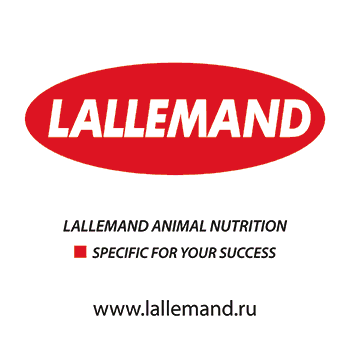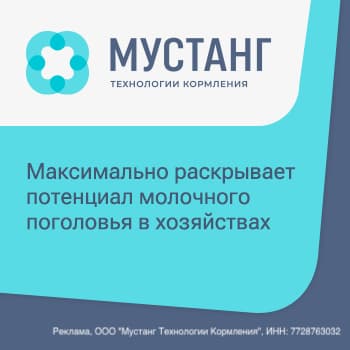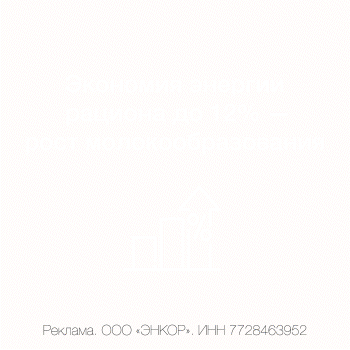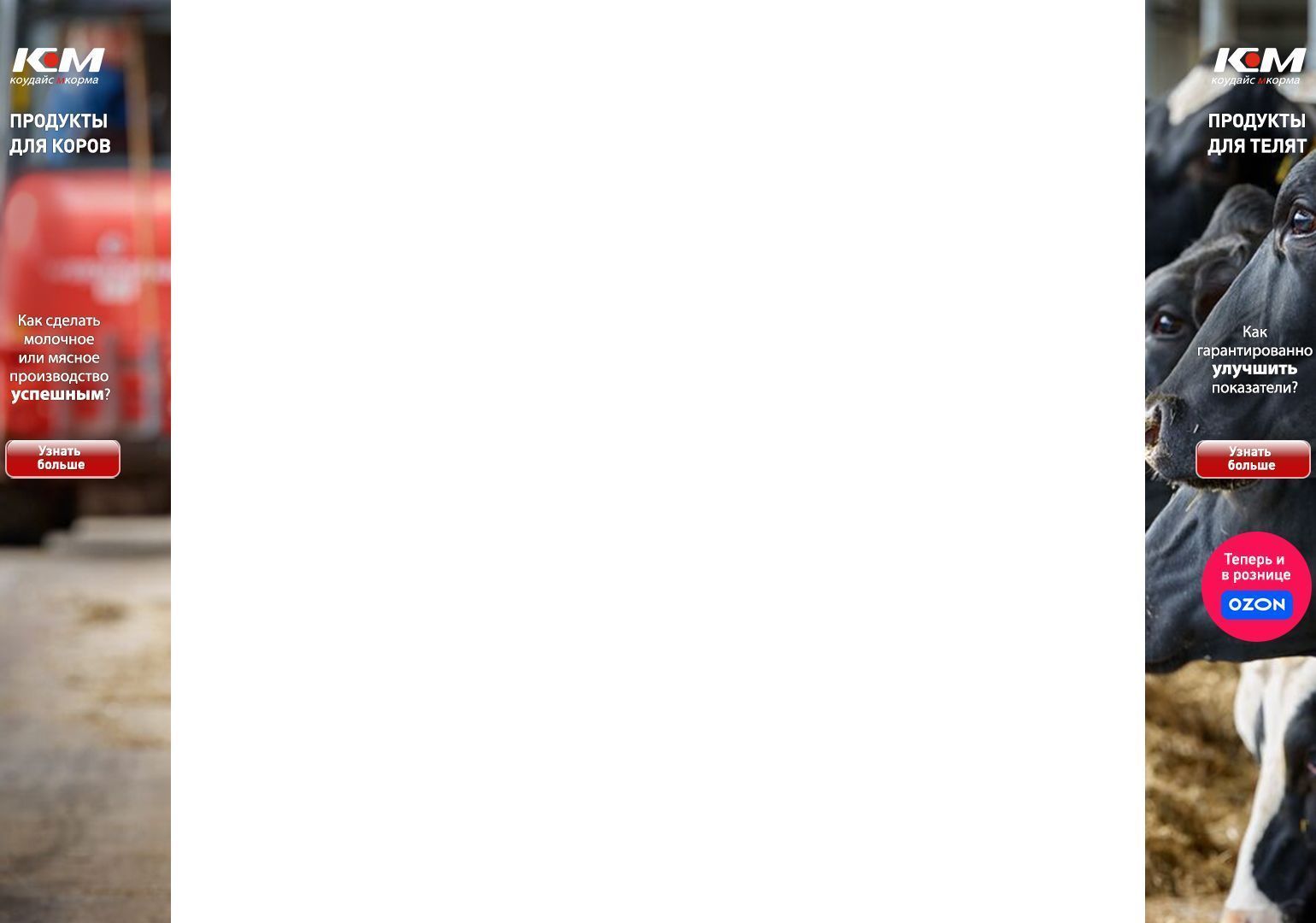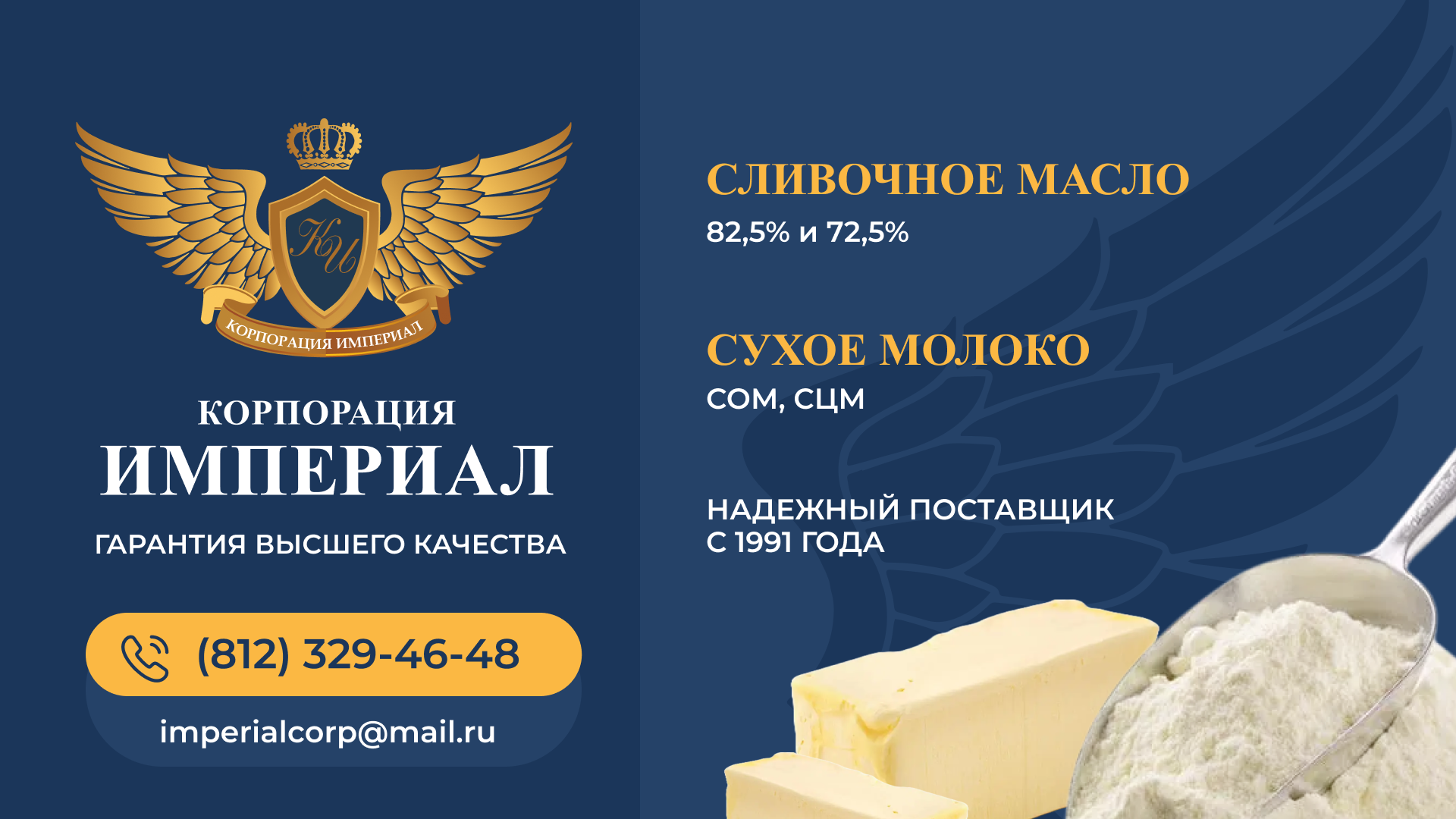The Russian Milk & Dairy Market
Источник: ИА DairyNews
How much milk is produced in Russia? According to the official statistics, volume of milk production in our country over the last ten years is wobbling around the same figure - 31 million tons. This includes both commercial and non-commercial milk. Commercial milk share reaches approximately 50% in Russia.
Russia is ranked sixth among world milk producers. However, since the share of commercial milk totals only 50%, our gross milk output is worse: here Russia ranks no. 8.
Russia is ranked sixth among world milk producers. However, since the share of commercial milk totals only 50%, our gross milk output is worse: here Russia ranks no. 8.
Russian farm categories
Russia is the only country in the world to divide agricultural producers into different legal categories separately covered by the statistics. While in Europe, USA and other countries there are just farmers – big or small, in Russia there are agricultural enterprises, domestic holdings and individual farms. Reason for this classification is obscure as soon as serfdom no more exists in Russia. If a businessperson has cows, which he milks - he is a farmer - a business entity. A kolkhoz (a collective farm in Russia) - is also a business entity notwithstanding that it’s a collective farm. Both categories sell milk to processors or process milk themselves and sell it to people. Both of them pay taxes and submit reports to the Ministry of Agriculture. A farm from each category can be unprofitable or prosperous.
Dividing Russian farms into subcategories by the statistical authorities is strange. Milk produced by an individual farmer is neither sold nor purchased - it does not exist for the country’s economy. So who can check how much milk the Russians drink?
Unusable statistics
So, 48% (14.8 million tons) of all Russian milk is produced and drank (!) by country people. According to Rosstat information, 37.5 million people live in the Russian countryside, i.e. 26% of total Russian population. These people keep four million cows. Thereby, according to the official statistics, 9.2 rural people or 2.3 families (4 members) keep one cow. Official data also shows that one rural person consumes 394.4 kg of non-commercial milk per year (or 1,08 litre per day), what is higher than the consumption rate by 50 kg.
All these facts demonstrate full milk self-sufficiency in Russian rural areas. One can ask, why do people keep moving to big cities leaving the “prosperous countryside”?
About individual farms cows’ productivity. Penza Region is the leader here: a “rural” cow in Penza Region produces 8.5 tons of milk annually. This fact must force local investors to close up their business, because the invested money and government support are not effective compared to the individual farms which manage to keep such productivity without any support. According to Rosstat, in 10 Russian regions annual cow productivity exceeds 6 tons of milk.
It is not an easy matter to comment this kind of statistical data. It is possible to make the only conclusion after these figures’ demonstration: individual farms’ data are unusable while analysing the Russian dairy market.
Uncertain consumption data
Without individual farms’ data the situation on the Russian dairy market looks differently: Total number of cows: 4.550 million heads, meaning one Russian cow gives milk to 31.4 people. Milk production in Russia totals 15.9 million tons (agricultural enterprises, domestic holdings). Per capita production: 111 kg per year or 304 gr per day.
However, how much milk do Russians actually consume? According to official data, annual per capita milk consumption is 249 kg. The origin of this index is very vague as it is a well-known fact that Rosstat and the Ministry of Agriculture do not implement real monitoring of food consumption in Russia.
There is another index saying 173 kg of milk per capita per year. This is according to International Dairy Federation/IDF data published in November 2013.
Frankly speaking, it would be much more beneficial for the Russian Ministry of Agriculture to accept IDF version. Why?
To keep the consumption at the level of 249 kg per year the country must produce 35.2 million tons of commercial milk, i.e. the deficiency is 19.58 million tons - more than produced.
To keep the consumption at 173 kg per capita the commercial milk production must reach 24.8 million tons, here the deficiency is only 8.9 million tons what is equal to the amount of dairy products imported to Russia. So let us take as the initial index the IDF’s one - 173 kg of milk per capita per year.
To provide a medical standard of milk consumption - 340 kg per capita - milk industry should produce 48 million tons of milk. By 2018, Russia is supposed to provide itself with milk by 85%: if we really want to reach this result, the current production should already stand at 40.9 million tons of commercial milk what is 2.6 times more compared to real figures.
Problems with milk supply
Analysing the regional milk self-sufficiency in Russia - a huge problem becomes evident: A majority of Russia’s territory has very low population density: people primarily live in the European part of the country. For example, population of Moscow Region (incl. Moscow) is 18.6 million. This region consumes milk and almost does not produce it. Here the level of milk consumption is higher, compared to other regions, and the deficiency is actually 3 million tons per year.
The same situation occurs in all other western regions as e.g. also in the Leningrad Region with 6.6 million population, milk deficiency here totals 624,000 tons. In addition, in Russia’s south - the country’s breadbasket - milk production faces a disastrous period. The only surplus region here is Krasnodar Region (+ 500 tons of milk) total milk deficiency is 2.1 million tons.
Severe milk shortage
Summing up we see, that the Russian dairy industry works to cover Moscow needs and is still not able to “feed” it. The growing population of Moscow is concentrated and is of great interest to the sector. Alongside with that there are huge consumption centres in Russia facing severe milk shortage: Stavropol, Rostov, Volgograd, Saratov, Samara - in the south; Chelyabinsk, Yekaterinburg, Tyumen - in the Ural; Irkutsk, Krasnoyarsk, Tomsk - in Siberia; Khabarovsk, Vladivostok - in the Far East. Processing enterprises are eliminating now from these regions, there is no milk there!
It is quit uncertain how much milk Russians actually consume.
Russia’s four milk-producing centres

1. The Volga Region: Producing 940,000 tons more than they need. Milk from these regions is supplied to local markets, for example to Nizhny Novgorod, Saratov, Samara Regions, as well as to other regions – to Moscow and Ural.
2. Central Region: Works for Moscow’s needs.
3. Volga Region: Works for Moscow, Saint Petersburg and Murmansk.
4. West Siberia: Specifically Altay Territory, Omsk and Novosibirsk Regions.
Популярные темы
05.04.2024
В России резко сократилось количество импортных ветпрепаратов. Часть хозяйств используют запасы, другие переходят на отечественные аналоги. Российские производители наращивают производство и выводят на рынок новые препараты. Участники отрасли поделились с The DairyNews мнениями о текущей ситуации с ветпрепаратами и перспективах импортозамещения в этом сегменте.
Читать полностью
15.04.2024
Dairy Index DIA вырос на шесть копеек
01.04.2024
Dairy Index DIA вырос на три копейки


